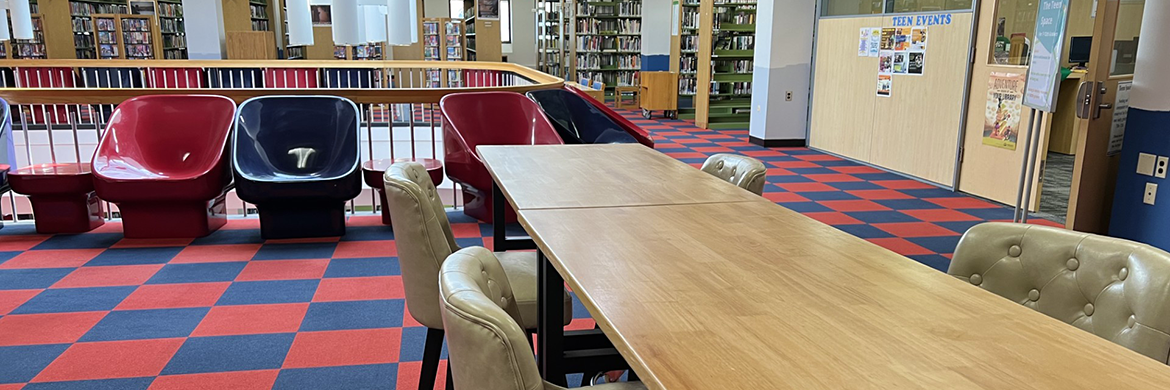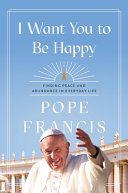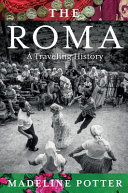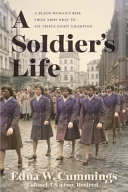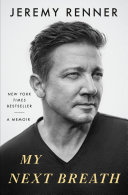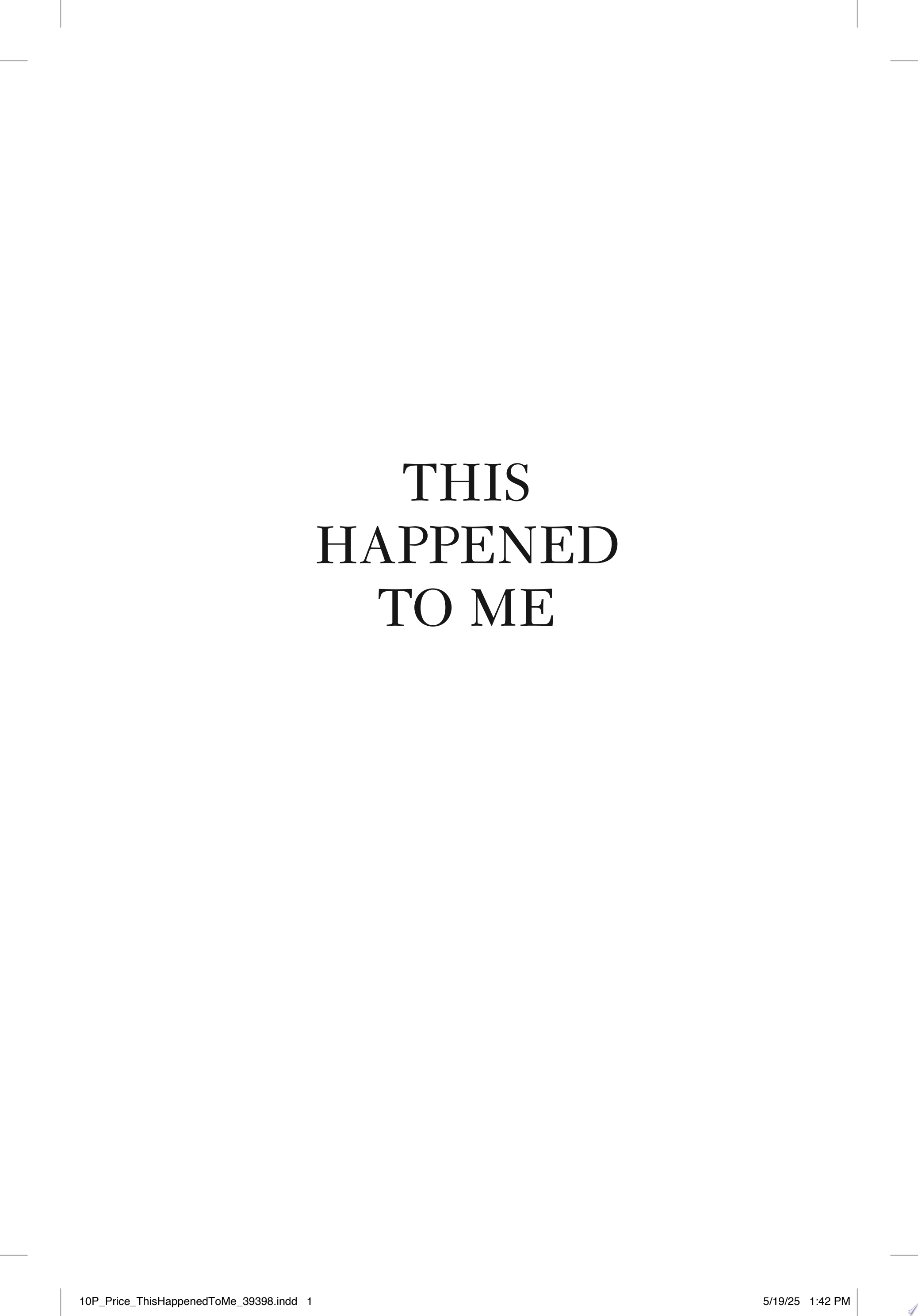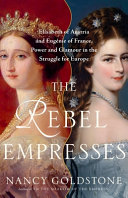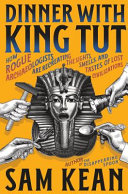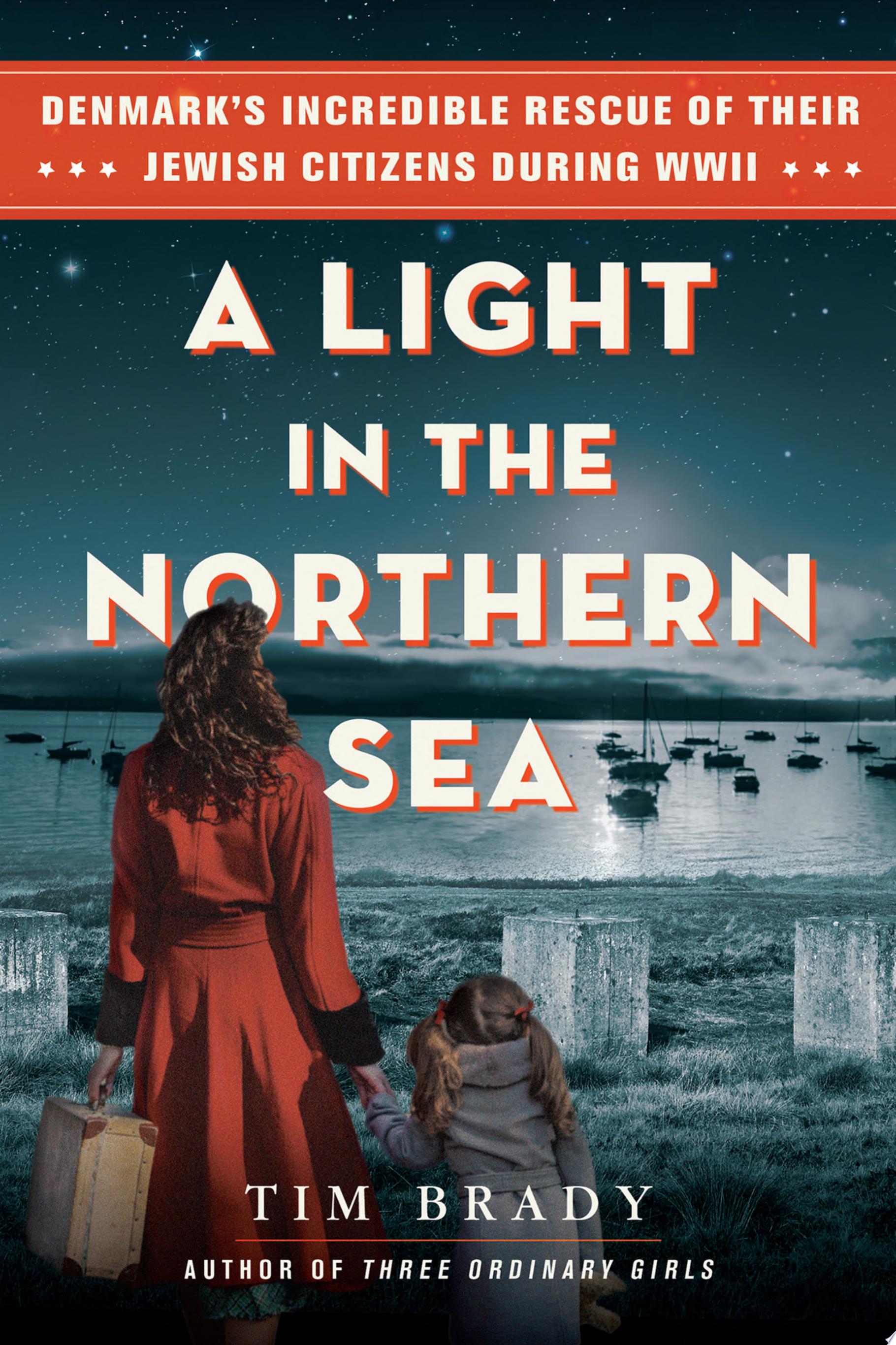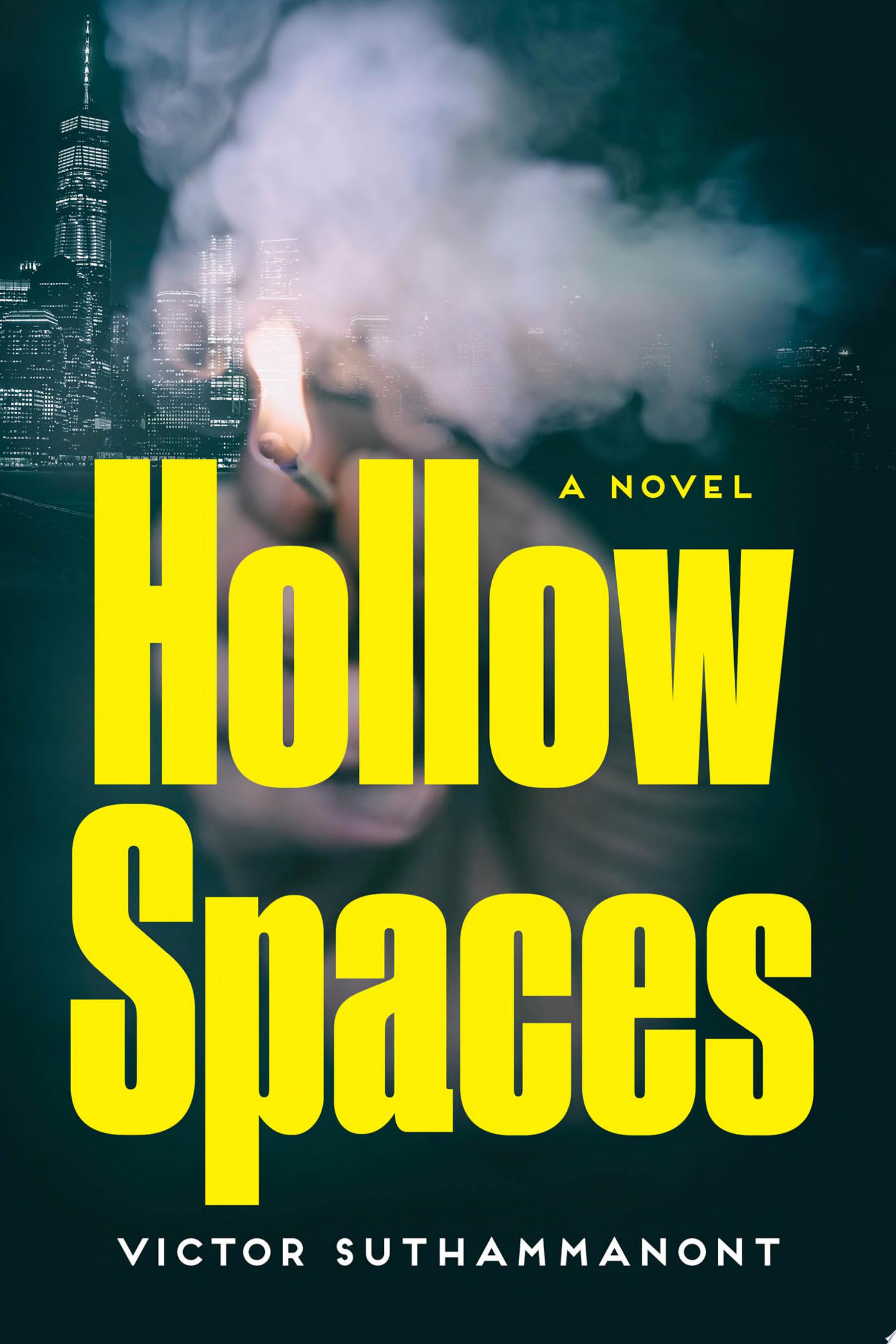Upcoming Events
Featured Resources
Gale Presents: Peterson's Test Prep

Prepare for standardized tests with Peterson’s Test Prep. This valuable resource includes full-length practice tests for GED, SAT, ACT, AP, PSAT, GRE, LSAT, MCAT, TOEFL, U.S. citizenship, and more. It offers information on undergraduate and graduate programs and tuition and scholarship assistance, as well as a resume builder and interviewing advice.
Database provided by NOVELny
Gale Presents: Udemy

Learn and improve skills across business, tech, design, and more. Includes 10,000+ on-demand video courses in multiple languages.
Database provided by CCLD
Ground News

An innovative platform that empowers readers to compare news coverage, spot media bias and think critically about current events in real time.
Database provided by STLS
Heritage Quest Online

Database consisting of the full text of local histories, family histories, and Federal Census indexes and images 1790-1910. This is accessible from any computer using your CCLD library card.
Database provided by CCLD
Historical Newspapers: New York Collection

Full text searchable and browsable collection of New York State newspapers. Elmira Star Gazette from 1891, Ithaca Journal from 1914, Rochester Democrat & Chronicle from 1871, White Plains Journal News from 1889, New York Daily News from 1920, Poughkeepsie Journal from 1785, and the Binghamton Press & Sun Bulletin from 1904.
Database provided by CCLD
hoopla

Database provided by CCLD
